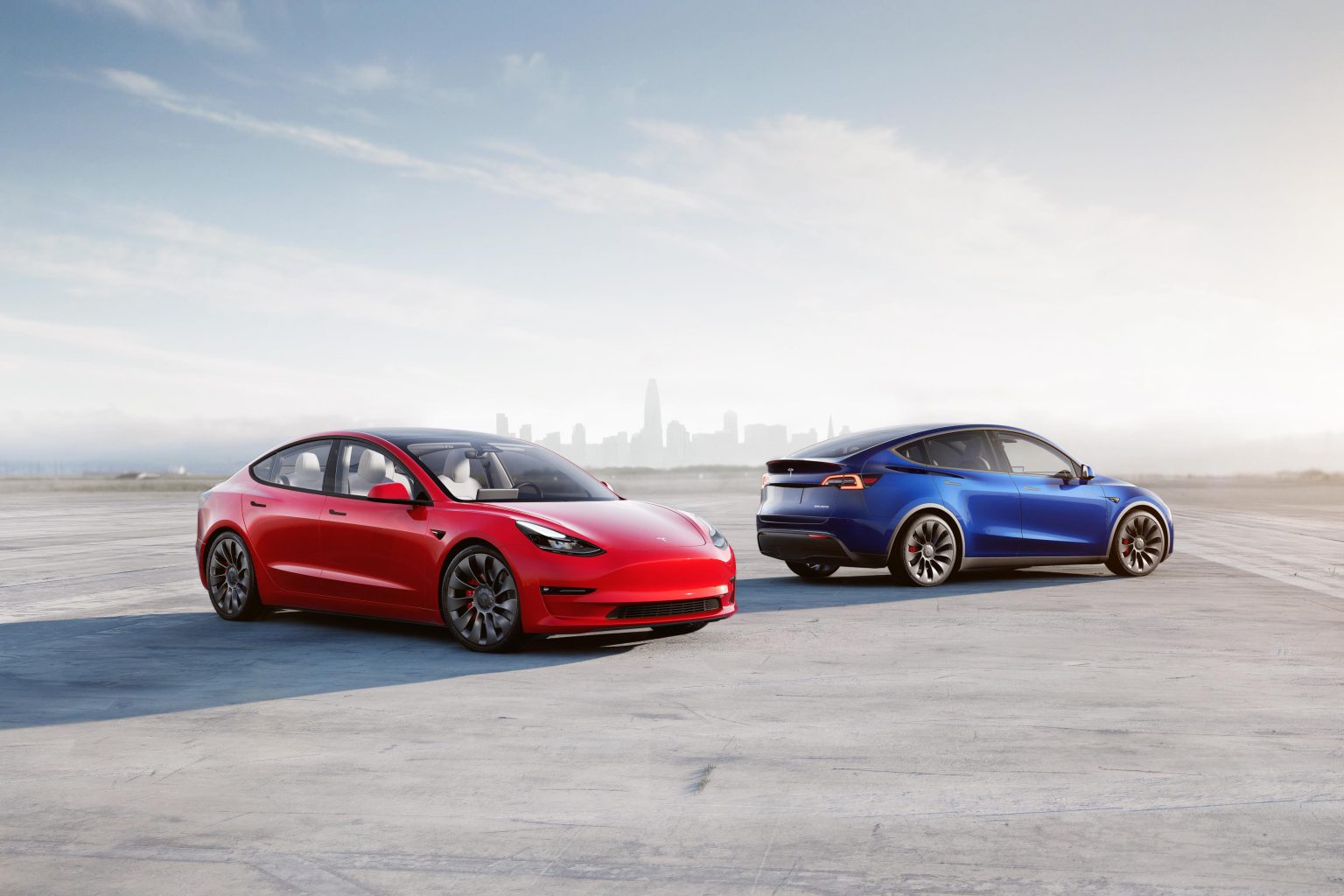

Self-Powered Home: With all the energy stored in Powerwall, power your home after the sun sets and be less reliant on the grid.We have listed some of the benefits of Tesla Powerwall below: It uses a lithium-ion battery, a type of rechargeable battery that helps to achieve your energy goals. Tesla Powerwall is arguably the most popular solar battery in Australia for homes and small businesses. Let’s learn more about Tesla’s Powerwall. This way, going solar can increase savings. Just like any other solar battery in Australia, Tesla Powerwall can be customised to design an energy storage system for the best performance. Maintenance-free lithium batteries are always desirable in off-grid systems. These extra batteries are useful at night and in some extreme weather events. In an off-grid solar system, you may require an extra battery to store the power.

Off-grid solar systems should have a high power capacity battery to support high surge draw. However, they have batteries to store the solar power generated by the system. Off-grid systems are those systems that have solar panels but are not connected to the utility grid. With Powerwall, you can harness and store the abundant sun’s energy and change your energy consumption pattern. The off-grid Tesla Powerwall is a battery-based system and doesn’t need a utility grid to power your houses. Since its launch, Tesla Powerwall has been a revolution. The US Environmental Protection Agency just released a new set of rules that will govern emissions from power plants, potentially cutting emissions by 617 million metric tons by 2042.Off-grid Tesla Powerwall is a game-changer in the entire Australian market. Here’s what you need to know about the Science Based Targets initiative. One little-known group is having a huge influence on the climate goals of major corporations. I still don’t think that plug-in hybrids will go away soon, though ( and Toyota seems to agree with me).That being said, it is finally time to acknowledge the great electrification: EVs are on our list of breakthrough technologies this year.Chargers are still a major barrier for EV uptake- here’s what it will take to turn the infrastructure around.Check out my story for so much more on this technology and what it might take to really make it happen. There are a lot of fascinating dynamics at play for EV battery swapping, and it’s not just about the possibility of changing the relationship we have with batteries. Have you ever tried to rent a car at an airport during a storm, or find a spot for your Citi Bike at a big event? Those logistics can be tough for companies to figure out. “It’s not going to work-everyone will ask for the big battery at the same time,” Tal says. He’s also skeptical that people will be willing to take a chance on availability.

“It's not necessary for them to worry about it at all, because they can swap this battery at any time, whenever they want,” he says. The ability to rent batteries could mean less stress about battery degradation for drivers, according to Fei Shen, the VP of power management at Nio. I’m fascinated by this potential shift in ownership for batteries, and I think if the vision turns out to be the reality, there are a lot of potential upsides. It would take you just over five years to start paying more in the monthly fee than you would have paid with the up-front option, and most EVs on the roads today have battery warranty coverage for eight to 10 years. (The costs are all a bit higher if you opt for the 100 kWh battery, but the idea is the same.) For that monthly fee, you get a couple of swaps or a set amount of rapid charging.
Tesla solar batteries review plus#
If, on the other hand, you prefer to lease the battery, you’ll pay just under $50,000 up front, plus a monthly fee of $135.
If you want to own that battery, and you don’t want to visit swap stations, your vehicle will cost you roughly $58,500.


 0 kommentar(er)
0 kommentar(er)
